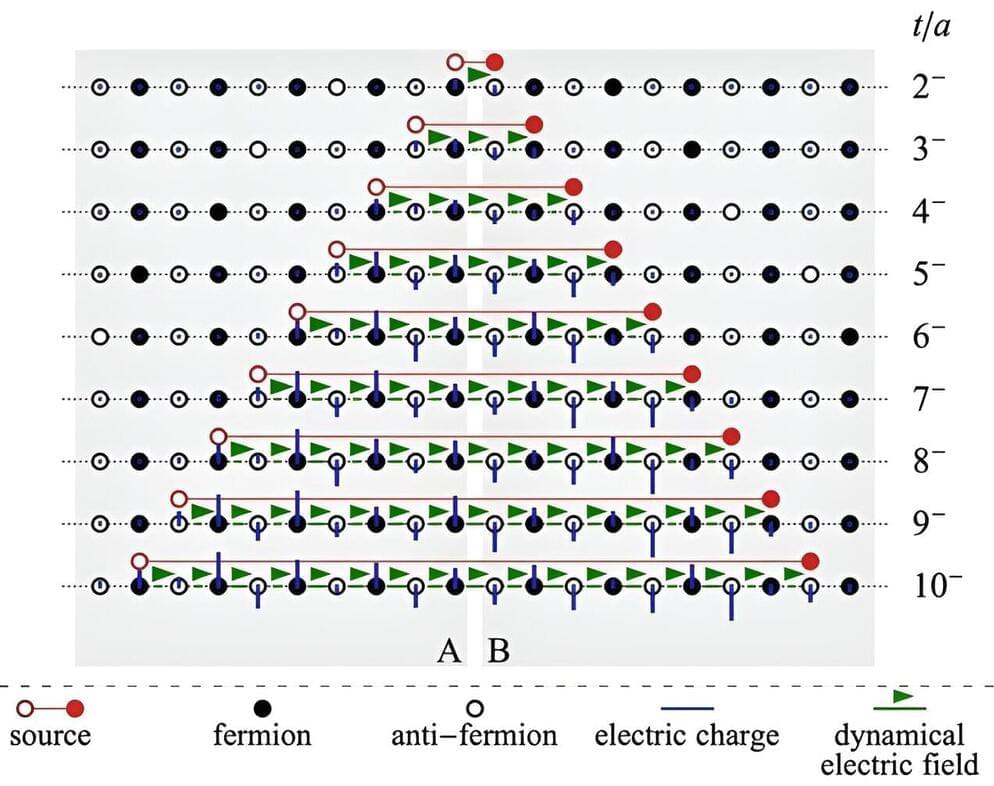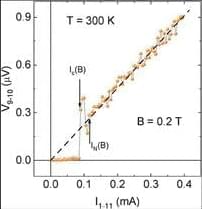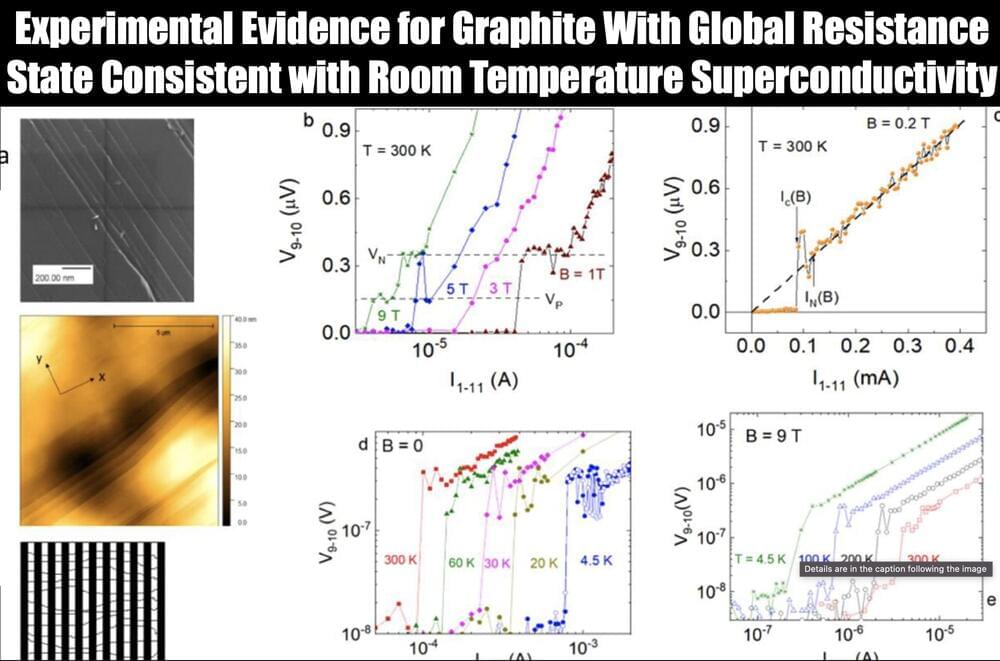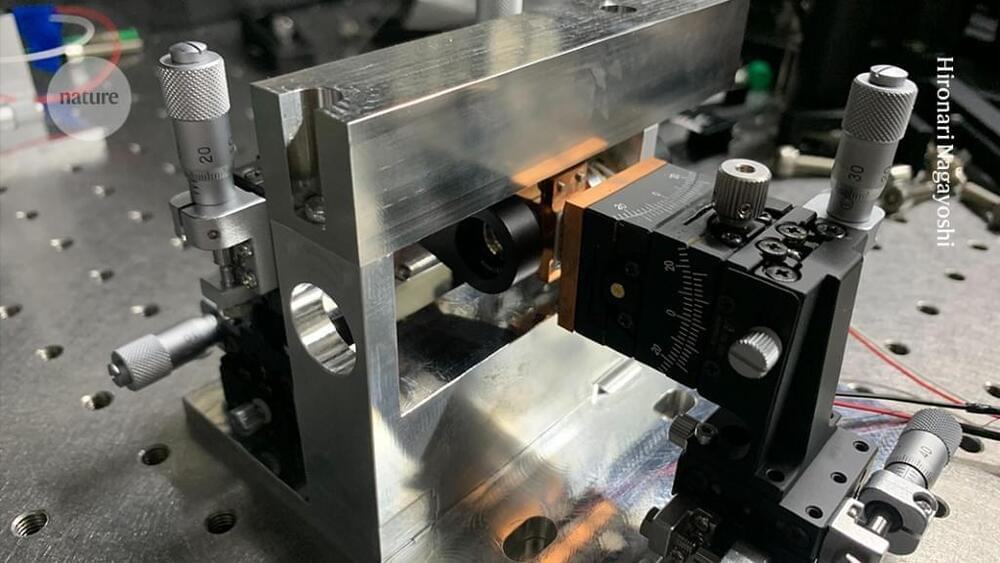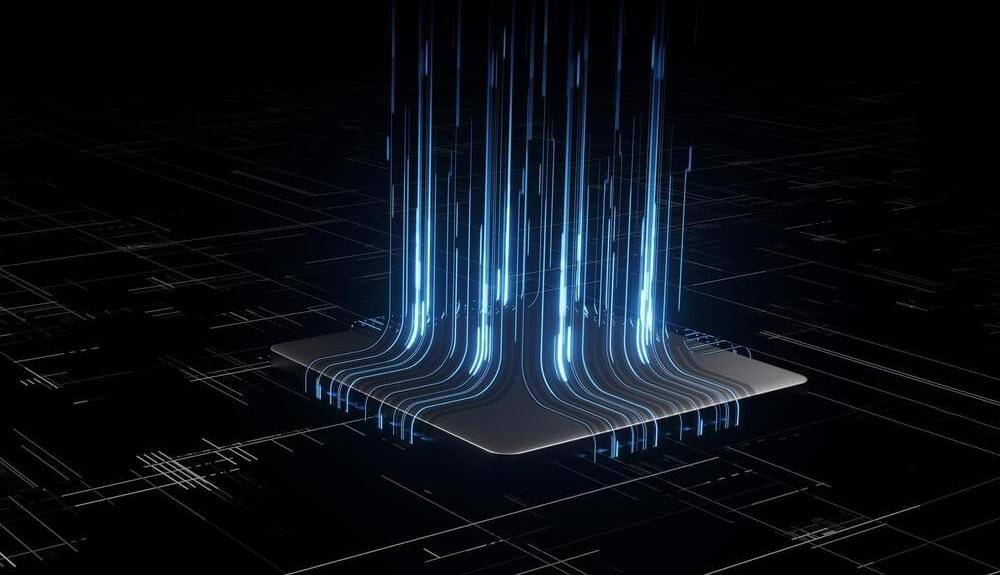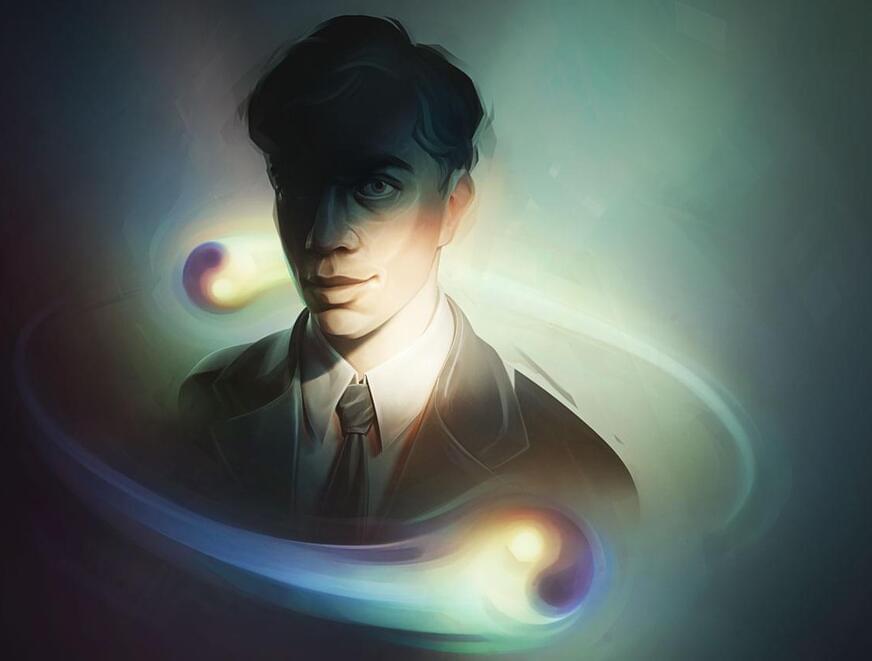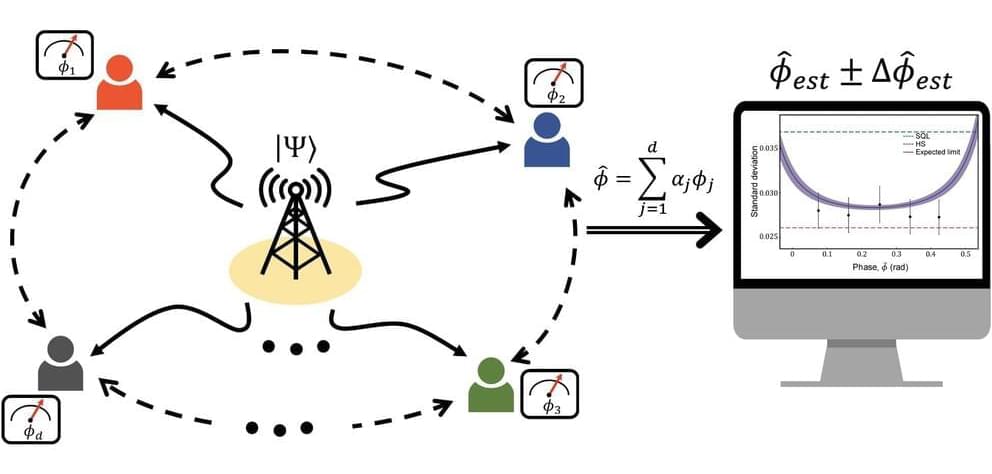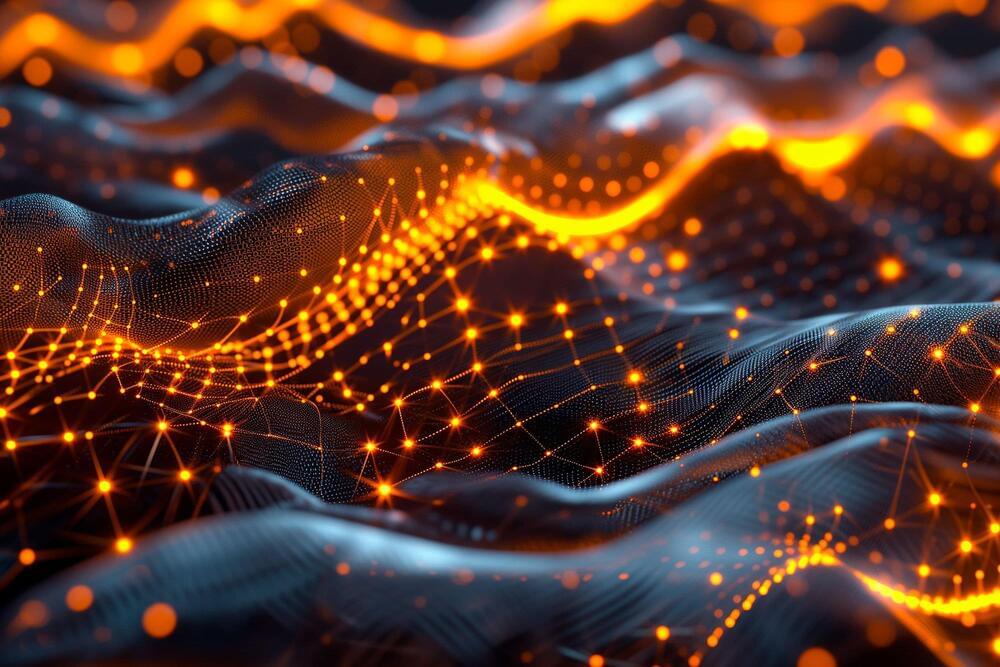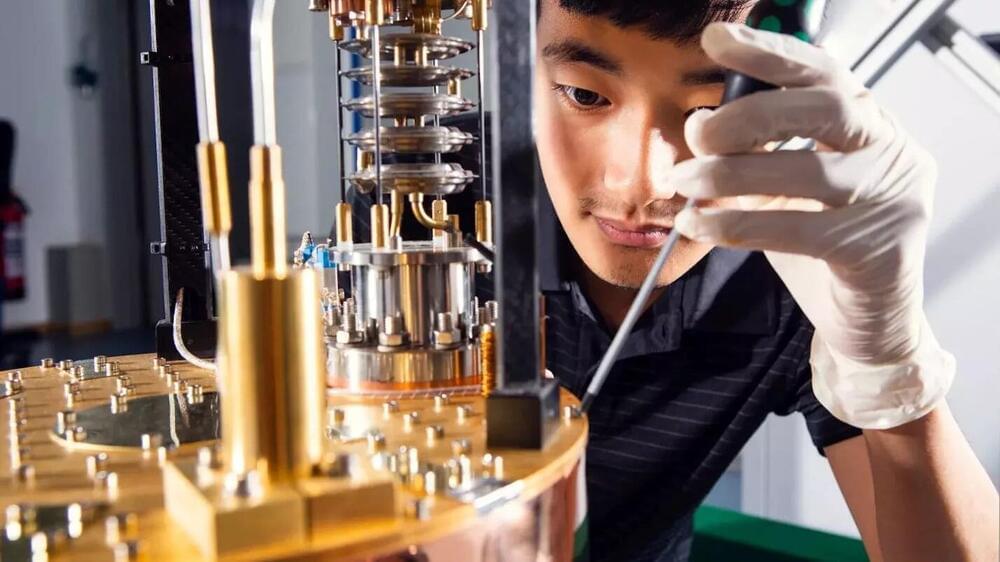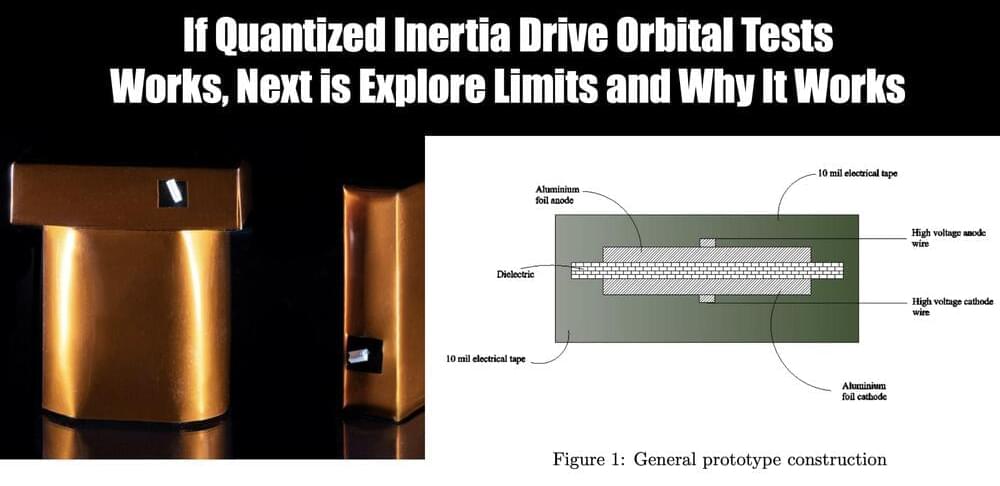Jan 29, 2024
Research reveals quantum entanglement among quarks
Posted by Dan Breeden in categories: computing, nuclear energy, particle physics, quantum physics
Collisions of high energy particles produce “jets” of quarks, anti-quarks, or gluons. Due to the phenomenon called confinement, scientists cannot directly detect quarks. Instead, the quarks from these collisions fragment into many secondary particles that can be detected.
Scientists recently addressed jet production using quantum simulations. They found that the propagating jets strongly modify the quantum vacuum—the quantum state with the lowest possible energy. In addition, the produced quarks retain quantum entanglement, the linkage between particles across distances. This finding, published in Physical Review Letters, means that scientists can now study this entanglement in experiments.
This research performed quantum simulations that have detected the modification of the vacuum by the propagating jets. The simulations have also revealed quantum entanglement among the jets. This entanglement can be detected in nuclear experiments. The work is also a step forward in quantum-inspired classical computing. It may result in the creation of new application-specific integrated circuits.
